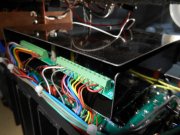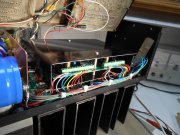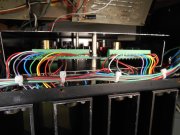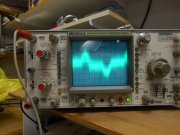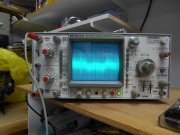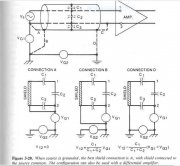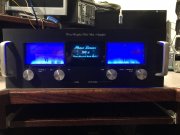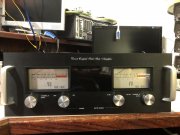Peter S
Journeyman
Things that make you go hummmmmmmmmm...
I will do some 'with and without' cover testing and post the results. Even if this works, I believe I will still need to shield the AC wires near the input jacks, as these tests so far have been with no input wiring.
My tests with 1k input presented about 60% less noise than with inputs shunted by 10k. No further noise reduction was noted when 1k was swapped with a dead short (jumper wives). I will do the next tests with 1k on the inputs.
I will post results as soon as I have the wife convinced that I got some work done today, BFN
I will do some 'with and without' cover testing and post the results. Even if this works, I believe I will still need to shield the AC wires near the input jacks, as these tests so far have been with no input wiring.
My tests with 1k input presented about 60% less noise than with inputs shunted by 10k. No further noise reduction was noted when 1k was swapped with a dead short (jumper wives). I will do the next tests with 1k on the inputs.
I will post results as soon as I have the wife convinced that I got some work done today, BFN

